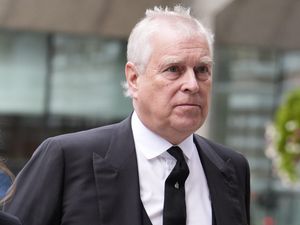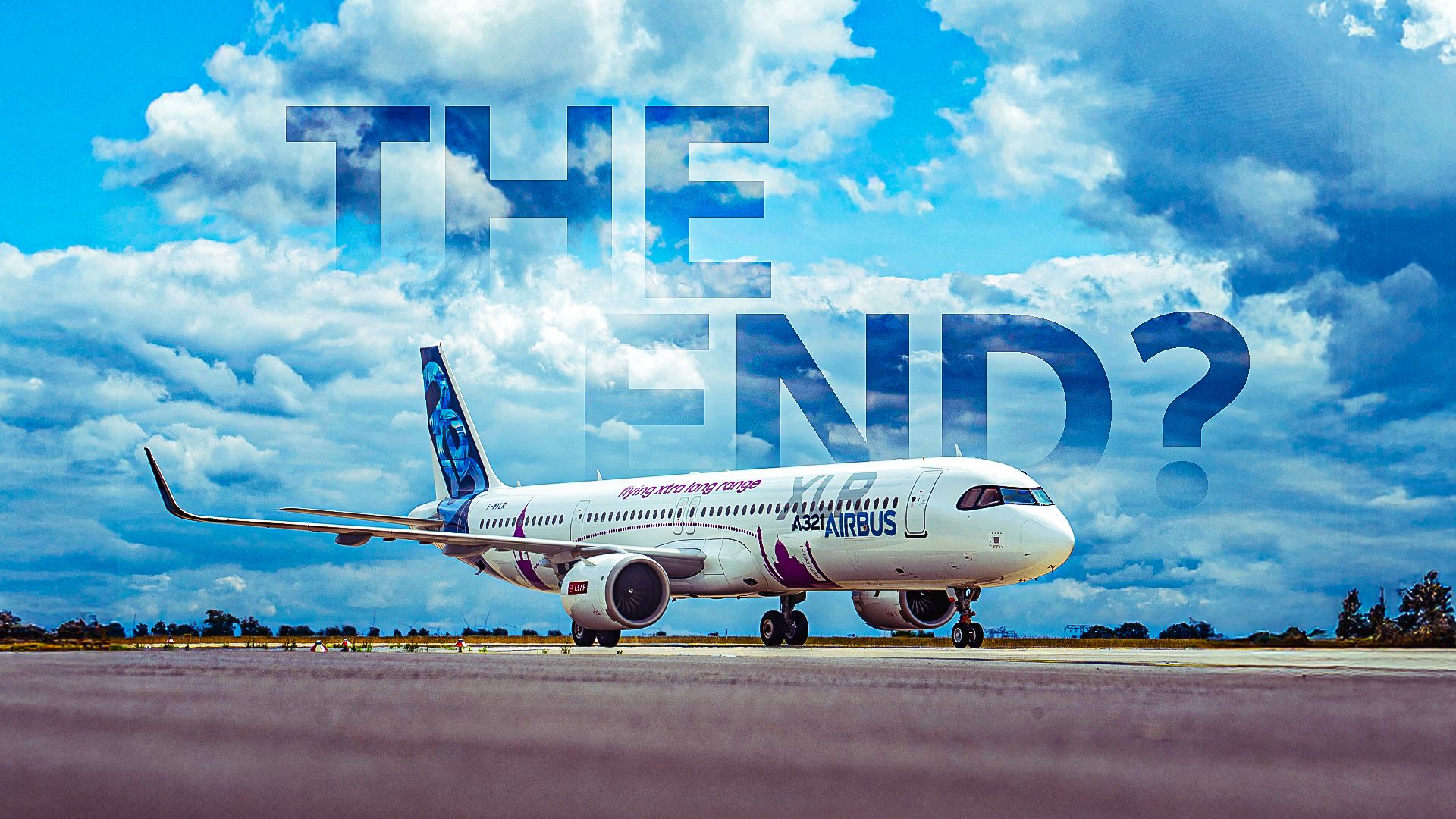UPDATE: In a significant shift, the former Duke of York is now officially known as Andrew Mountbatten Windsor, effective October 30, 2025. This announcement, confirmed by Buckingham Palace, marks a historic moment in the royal family’s naming conventions.
Authorities report that the name change reflects a longstanding tradition within the British royal family. Since 1960, Queen Elizabeth II declared that her direct descendants, who do not hold the title of Prince or Princess, would adopt the surname Mountbatten-Windsor when necessary. This hyphenated surname is a blend of the family names Mountbatten and Windsor, representing both the Queen’s lineage and that of her late husband, Prince Philip.
The decision to omit the hyphen in Andrew’s new name has drawn attention. A Buckingham Palace spokeswoman stated, “Andrew Mountbatten Windsor was the name agreed.” This clarification raises questions about the official documentation of royal names, especially since the name Mountbatten-Windsor first appeared on an official document in 1973 during Princess Anne’s wedding.
This change comes in the context of a family legacy that has evolved over the decades. Notably, Prince Philip, who was born as Philip Schleswig-Holstein-Sonderburg-Glucksburg, adopted the surname Mountbatten upon his naturalization as a British citizen in 1947. It was a necessary step amidst the anti-German sentiment during World War I, when King George V shifted the royal family’s name from Saxe-Coburg-Gotha to Windsor in 1917.
The implications of this name change extend beyond Andrew. Currently, the royal family’s website lists the children of the Duke and Duchess of Sussex as Prince Archie of Sussex and Princess Lilibet of Sussex, but they were previously recognized as Master Archie Mountbatten-Windsor and Miss Lilibet Mountbatten-Windsor. The future of royal naming conventions could hinge on how the next generation chooses to navigate these traditions.
As the royal family continues to evolve, the significance of names and titles remains a topic of public interest. The royal family’s website states that unless the Prince of Wales alters these decisions upon ascending the throne, the surname Mountbatten-Windsor will remain in use for future generations.
This latest development is not just a name change; it reflects the ongoing adaptations within the British monarchy as it seeks to maintain relevance in a changing world. The public’s reaction to this announcement is likely to be widespread, as royal watchers and historians alike ponder its implications for the future of the monarchy.
Stay tuned for further updates on this developing story as the royal family navigates its complex history and traditions in the modern era.







